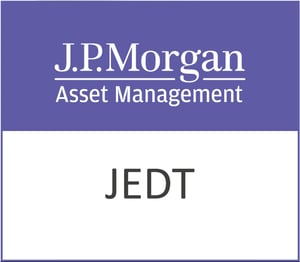Tesco PLC (TSCO.L), a cornerstone of the UK grocery industry, continues to hold a significant position in the consumer defensive sector. With a market capitalisation of $25.18 billion, Tesco has established itself as a dominant player not only in the United Kingdom but also in the Republic of Ireland, the Czech Republic, Slovakia, and Hungary. Since its inception in 1919, Tesco has evolved into more than just a supermarket chain, offering a range of services including banking, mobile operations, and insurance.
As of the latest trading data, Tesco’s stock is priced at 377.7 GBp, showing no percentage change from its previous close. The stock’s 52-week range indicates a low of 302.10 GBp and a peak at 397.00 GBp, suggesting a fairly stable market position over the past year.
A key consideration for investors is the company’s valuation metrics, which present a mixed picture. The absence of a trailing P/E ratio may raise concerns, yet the forward P/E of 1,267.36 could reflect anticipated earnings growth. However, the lack of data for the PEG ratio, Price/Book, and Price/Sales metrics could hinder a comprehensive valuation analysis. This necessitates a closer look at the company’s financial performance and strategic initiatives for a clearer investment picture.
Tesco has demonstrated modest revenue growth of 2.20%, which, while not explosive, is sustainable and indicative of its steady market presence. The reported EPS of 0.23 and a robust return on equity at 13.75% highlight the company’s efficiency in generating profits from shareholders’ equity. Additionally, Tesco’s free cash flow stands at a substantial £2.45 billion, underpinning its financial robustness and ability to sustain dividend payouts.
Speaking of dividends, Tesco’s yield is currently at 3.63%, with a payout ratio of 54.04%. This suggests a balanced approach to rewarding shareholders while retaining sufficient earnings for reinvestment and growth initiatives. For income-focused investors, Tesco’s dividend yield is certainly an attractive feature.
Analyst sentiment towards Tesco remains positive, with 12 buy ratings and no sell ratings, indicating confidence in its future prospects. The average target price of 383.93 GBp suggests a potential upside of 1.65%, aligning with the company’s steady performance trajectory. The stock’s technical indicators, including a 50-day moving average of 352.61 GBp and a 200-day moving average of 358.00 GBp, suggest a relatively stable trading range, while an RSI of 49.10 indicates the stock is neither overbought nor oversold.
Tesco’s strategic diversification into services such as banking, insurance, and data science positions it well to leverage cross-industry synergies. This diversified business model not only fortifies its core grocery operations but also opens avenues for additional revenue streams.
For investors considering Tesco PLC as a potential addition to their portfolio, the company presents a strong case for stability and consistent returns. Its established market presence, coupled with strategic diversification and a solid dividend policy, makes Tesco a compelling option for those seeking a reliable investment in the consumer defensive sector. As always, potential investors should weigh Tesco’s strengths against broader market conditions and personal investment goals.









































